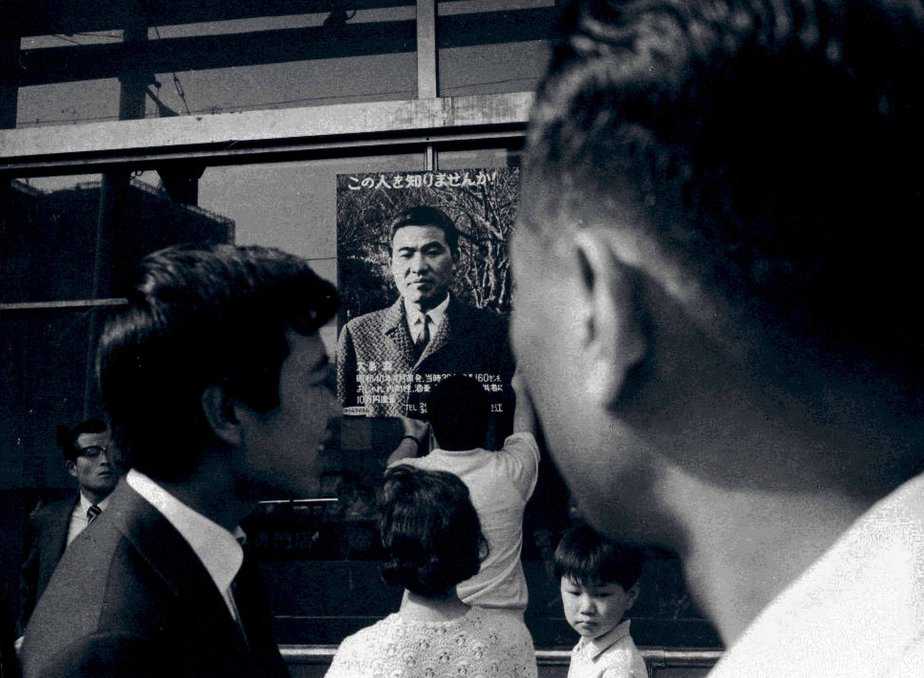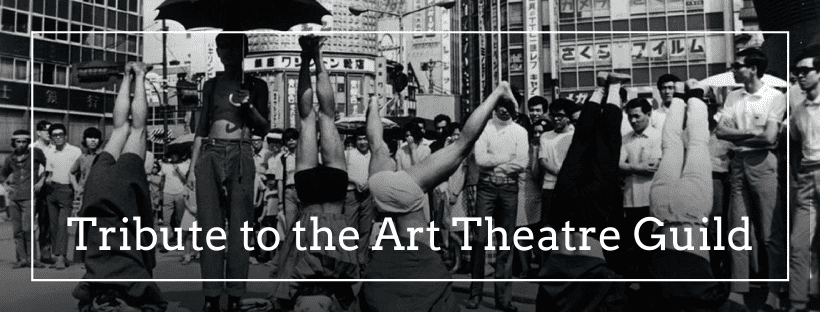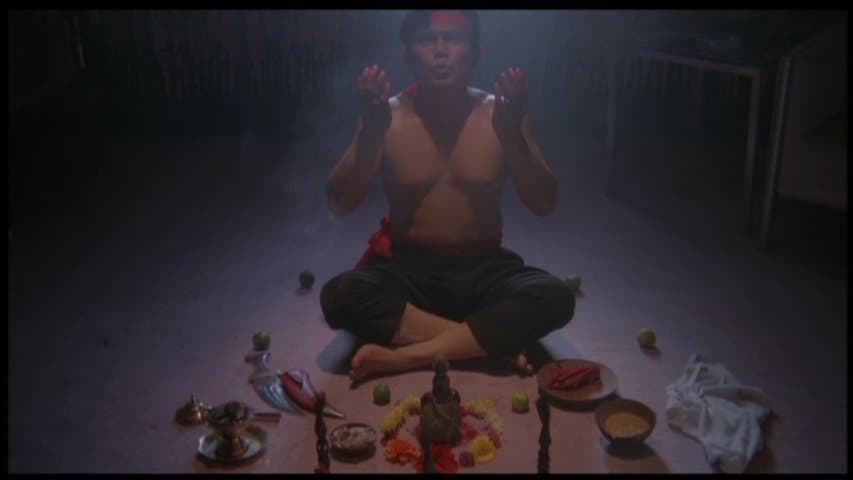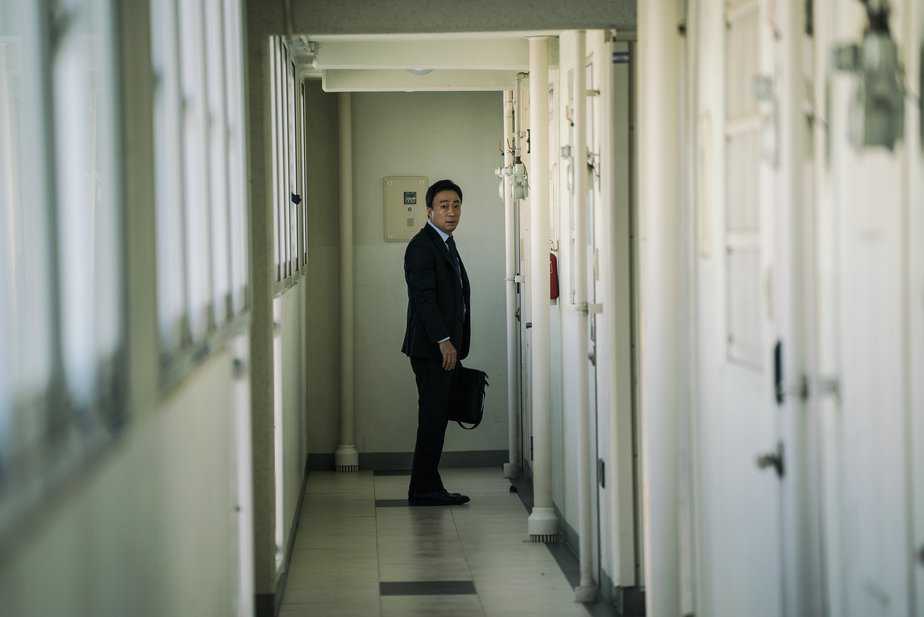By Nicholas Poly
‘This film is finished, but reality is not’
This is the closing line in Imamura’s relentless dive into the depths of human psyche, filmed in the form of a cinema vérité pseudo-documentary regarding the disappearance of Oshima Tadashi, a Japanese plastics salesman. The film is taking place during the mid 60’s, chronologically . In a way, Imamura keeps reminding us this line throughout his identical double closing sequence that depicts a really intense verbal conflict between two sisters who are connected with the aforementioned missing man. During these final 30 minutes, he, somehow, feels the urge to clarify that we are watching a dramatization of these events throughout his cinematic quest. A quest which feels real, but then again it’s hard to define between which layers of reality it is moving. Thus, every single time I get the chance to watch Imamura’s filmic experiment I find myself asking this very question: who is really ‘lost’ here and what are we really looking for? Are we in search of a vanished man, a potentially dead man, a person who found the will to break his ‘chains’ or the examination of a social phenomenon? Possibly all of the above and obviously much more than that.
Buy This Title
Right from the beginning, we get an impression of an utterly chaotic experiment, while, as the story unfolds, we can figure out that the core of the film is carefully being constructed with an amazing, almost surgical precision. An essay, which at first glance seems destined to drive us straight to nowhere. However, it fully succeeds on working under the surface, in a really fascinating way. To be more precise, the thing is that while w are heading towards this dead end, in the meantime, Imamura and his crew, dominated by an almost fetishistic fixation, seem like they want to peel off numerous layers of a modernized society against old fashioned customs, in a parallel with the foundations of human bonds, while they also perform an examination of the inner psychology behind these factors. The camera is used almost like a scalpel, as we watch them perform a number of ‘dissections’ onto an unknown body and in cold blood. Nevertheless, it manages to remain focused on certain targeted objects. Yes, this is one of these creations which resembles an in-depth introspection regarding its object of examination, an artistic equivalent of an anatomy class for those who are familiar.
No matter what really lies behind the disappearance of this man, and even after a 2 plus hour marathon of up, close and very personal ‘interrogations, confessions, clashes, speculations and revelations by numerous people, still, everything about him remains utterly subjective and unresolved. Murky like reality itself…or at least, a kind of reality interpreted and stretched in a wider scale.
It looks like the exact same process that each one of us utilizes by adapting a piece of reality in order to understand his or her own actions during a critical situation in life. To a certain degree, we all recognize that our own reality is ‘fluid’. It keeps transforming through our perspectives to the point where it crosses with the realities of those found around us, known or unknown. This often happens as a result of an urge to build a ‘bigger picture’. In other words, an attempt to give some kind of reasonable explanation regarding what lies behind the actions taking place in our lives. It’s almost like a scenario written and performed by real life itself, featuring an unprepared, completely amateur cast and set in a completely natural environment.

I chose to make this introduction, having in mind what could potentially form the end of my writing. Therefore, I envisioned a text that defies a certain kind of narrative, in an attempt to make it look like kind of messy, by trying to imitate just a few of the characteristics which Imamura’s heroes and heroines possess. The truth is that my words can barely resemble the enormous power behind Imamura’s revolutionary vision, which comes fully packed with his prolific body of work.

















